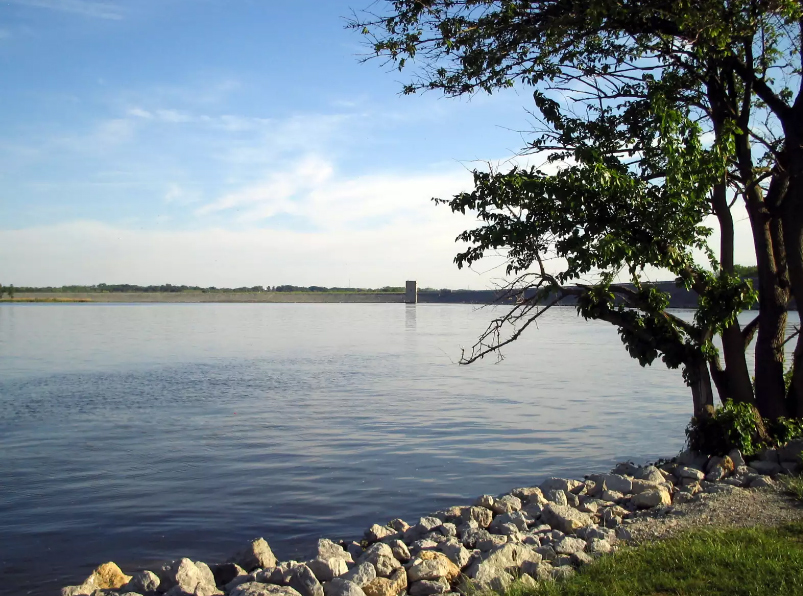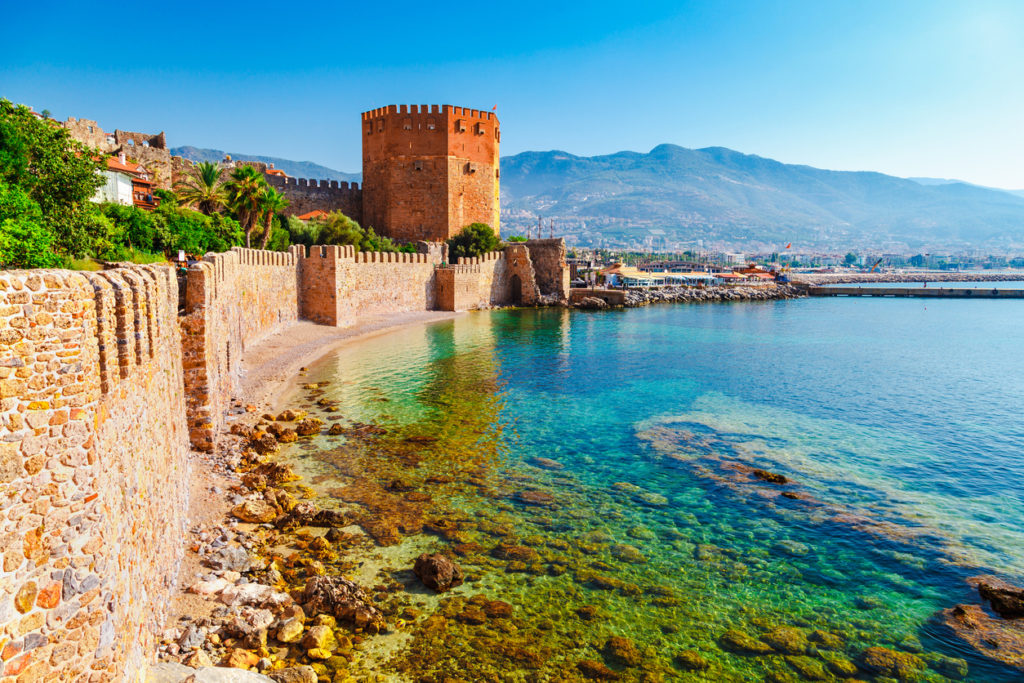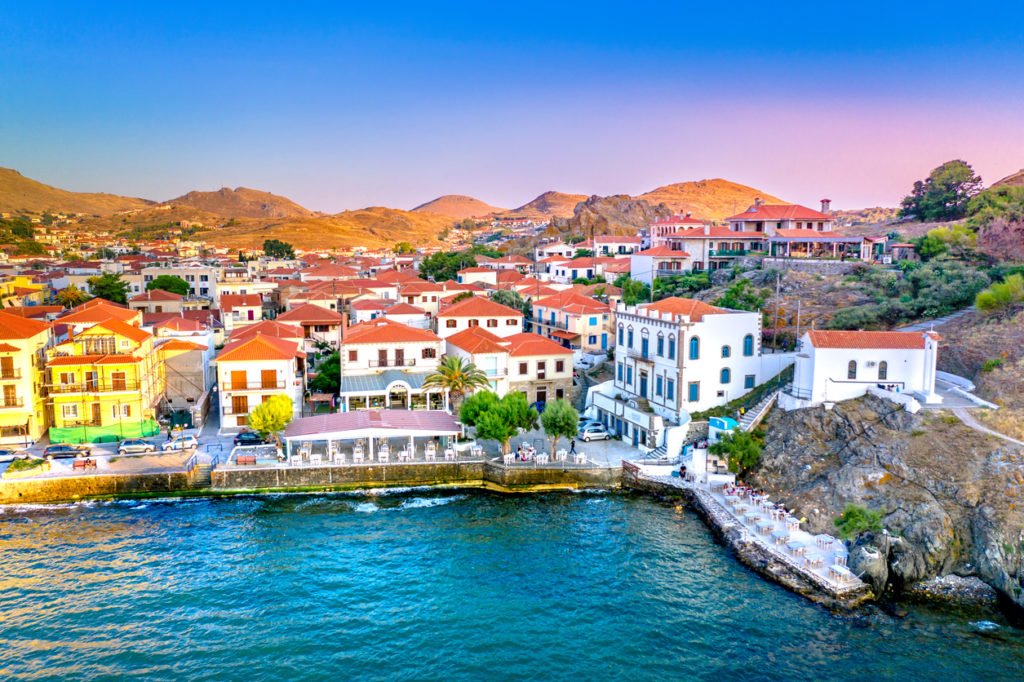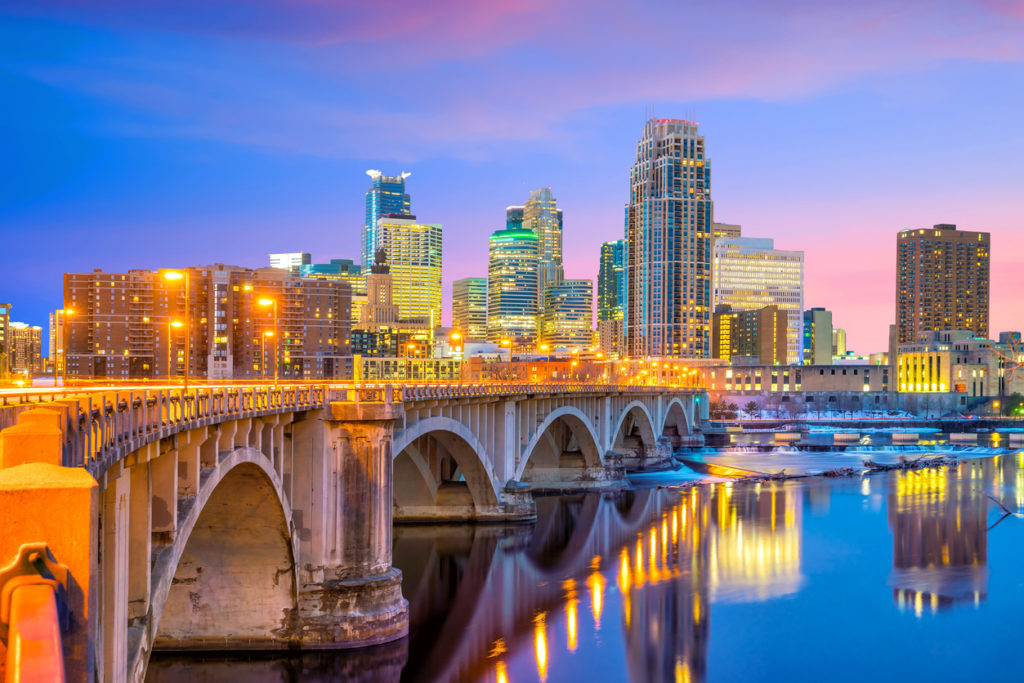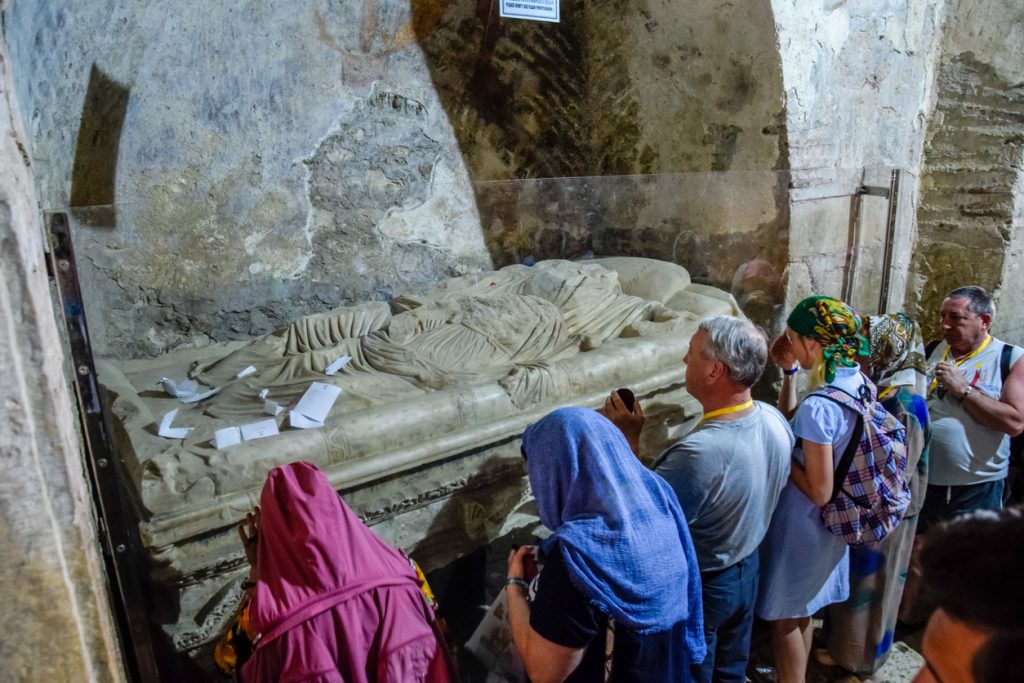
A Christian Pilgrimage to Turkey is a journey in the footsteps of St. Paul, one of the most famous early Christian missionaries. Born within Turkey’s borders and the founder of the first Christian communities in Turkey, St. Paul has spent his life preaching Christianity and spreading its beliefs throughout Europe and Asia. Even though he traveled to Greece, Syria, and Cyprus too, St. Paul spent most of its time on Turkey’s territory, where you’ll find the first churches ever founded, as well as his birthplace.
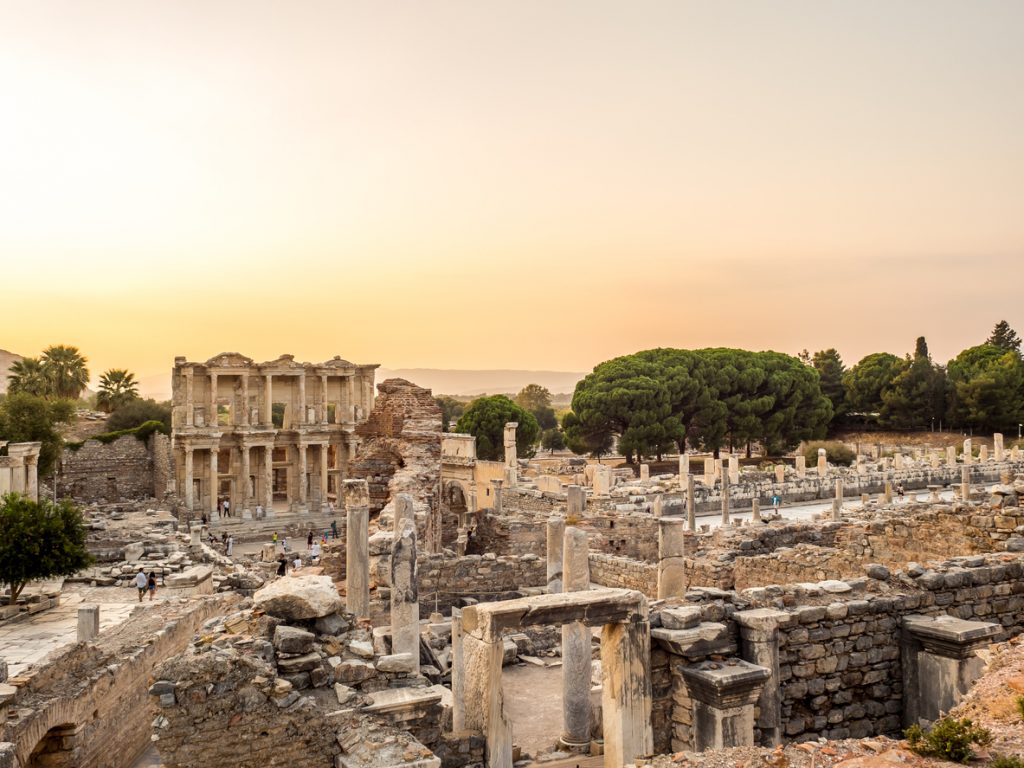
Ephesus (Selçuk)
St. Paul took four important missionary journeys. His second journey (49-52 A.D.) took him to Ephesus, among other destinations, where he founded the Church in Ephesus. The second journey is described in the chapters 15-18 of the Acts of the Apostles. Along his way to Jerusalem, he also stopped in Ephesus to preach in synagogues and baptize Christians.
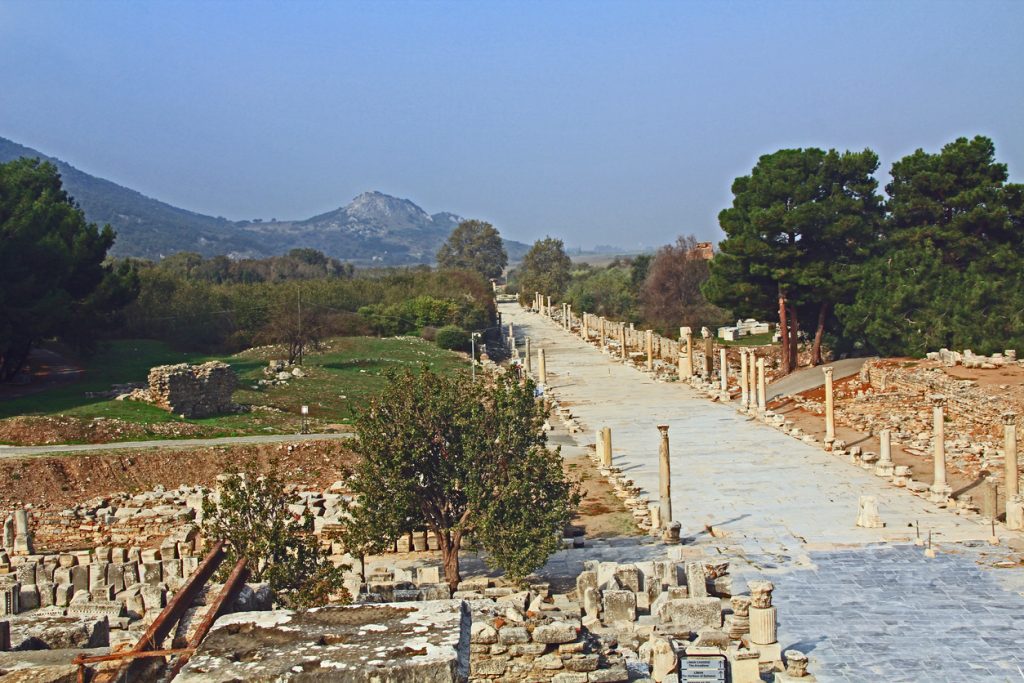
Pilgrims come to Ephesus to visit the city theater where St. Paul addressed the crowds and where he escaped a riot, as well as to pray at the Double Church, where the Third Ecumenical Council took place in 431. St. Paul spent three years in Ephesus. The city is also home to the House of Virgin Mary, where Mary spent her last years, as well as to the first church dedicated to the Virgin Mary. Mary came to Ephesus accompanied by John the Evangelist, who spent his last years and died at the foothills of Ayasuluk Peak in Ephesus. Ephesus will really bring your mind alive for your Pilgrimage to Turkey.
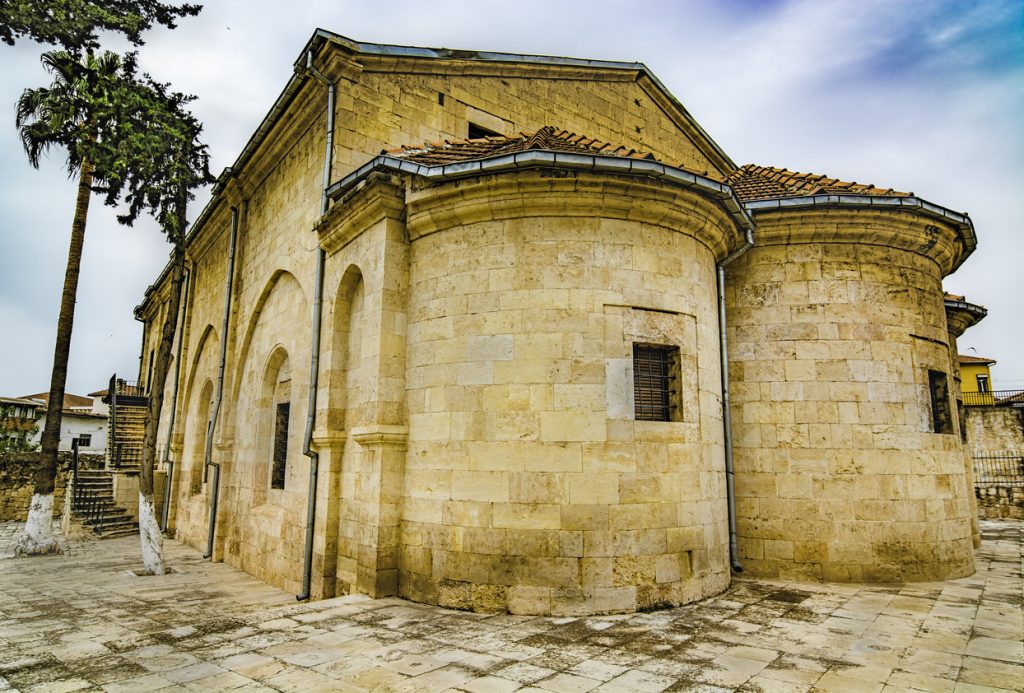
Tarsus
Believed to be St. Paul’s birthplace, as he is also named Paul of Tarsus in the Bible, Tarsus was a place of refuge for St. Paul whenever he had to escape the wrath of people who wanted to kill him because of his Christian teachings after his return from Jerusalem. The Church of St. Paul in Tarsus is often included in Pilgrimage to Turkey, the church dating back to the 11th century.
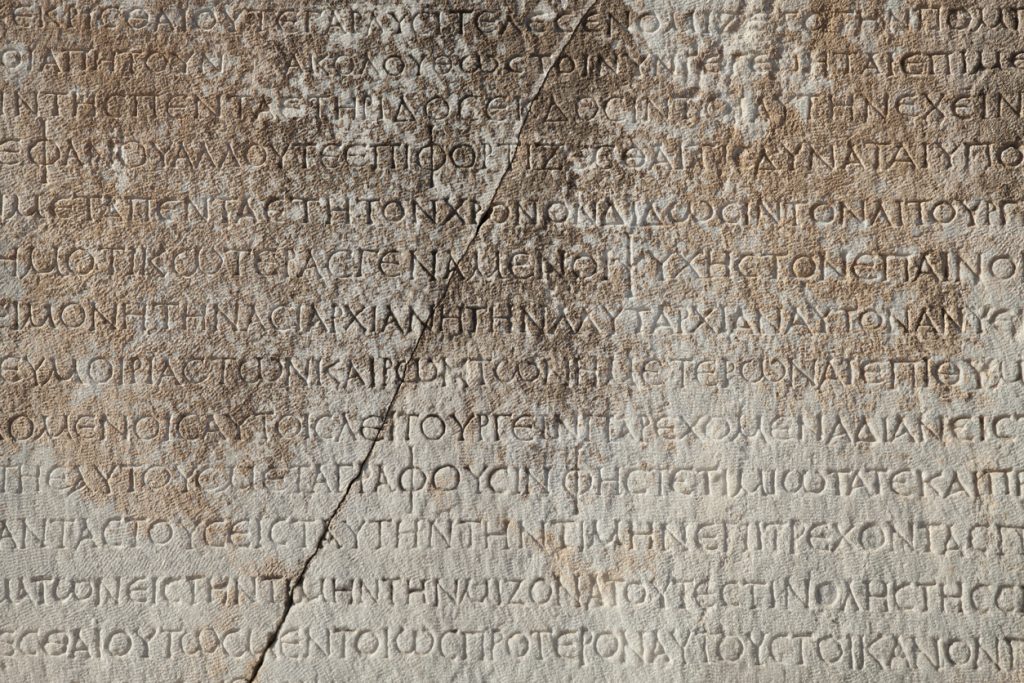
However, the most important religious site in Tarsus is St. Paul’s Well believed to be situated in what was once the courtyard of St. Paul’s house. Christians believe the water in the well is sacred and has healing properties, especially since it seems that its level never drops. If you visit the Cumhuriyet Mevdani area, you’ll get to discover the original ancient road used by St. Paul when he lived in Tarsus.
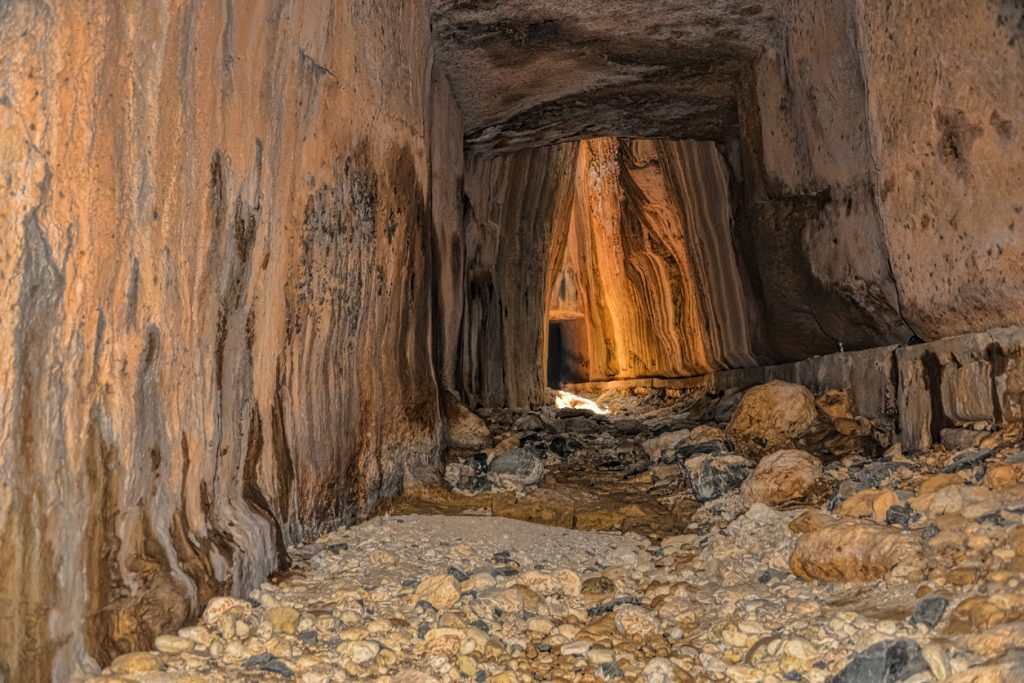
Antioch
Once the third-largest city of the Roman Empire, Antioch was one of the first important centers of Christianity. This was also the starting point of St. Paul’s journeys and a destination for other saints, like St. Peter and St. Barnabas. St. Paul and St. Barnabas shared similar beliefs and were both visited by the Holy Spirit who told them to spread the teachings of Jesus Christ. From here, both saints departed for Cyprus, Galatia, and Phrygia. Moreover, Antioch is also known as the site of the first church in the world and is an important pilgrimage destination even to this day.
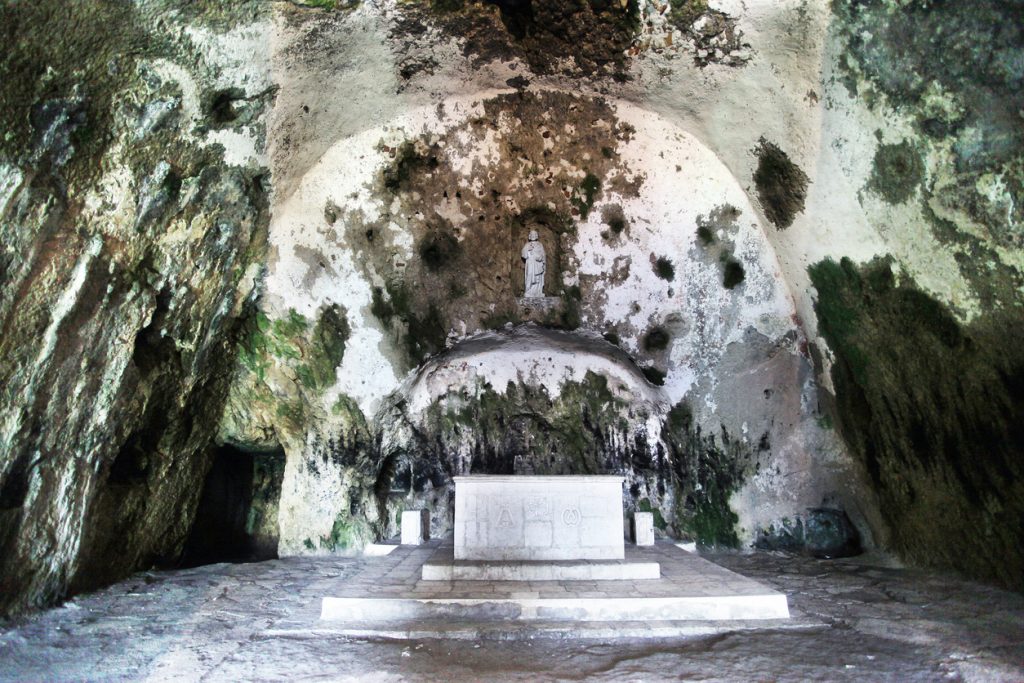
The oldest church in the world, the Church of St. Peter is the place where St. Peter and St. Barnabas prayed alongside St. Paul and where the Christian congregation met. After the crucifixion of Jesus, St. Peter became the head of the church and he chose to travel to Antioch and had his first mass in the small cave behind the church. It is believed this was the moment when the name Christian was ever used to name the congregation of this church.
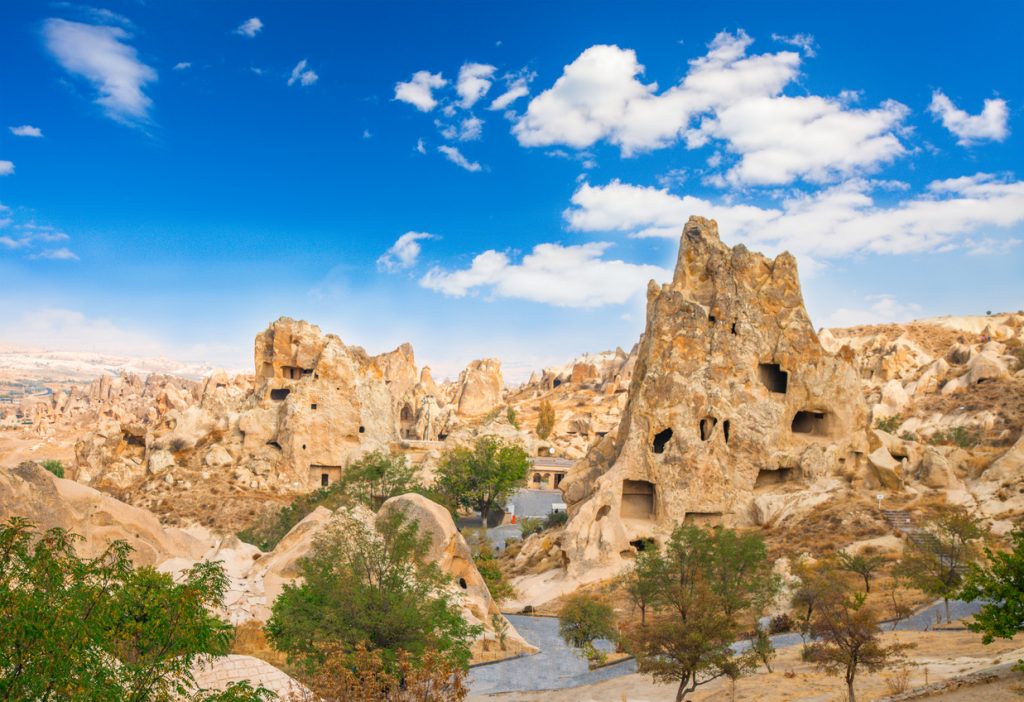
Cappadocia
You may know Cappadocia as a fantastic, lunar landscape, famous worldwide for its fairy chimneys. The creation of thousands of years of erosion, the spectacular caves that adorn the land of Cappadocia were once a refuge for the first Christians that came to settle here between the 7th and 13th centuries, following the footsteps of St. Paul.
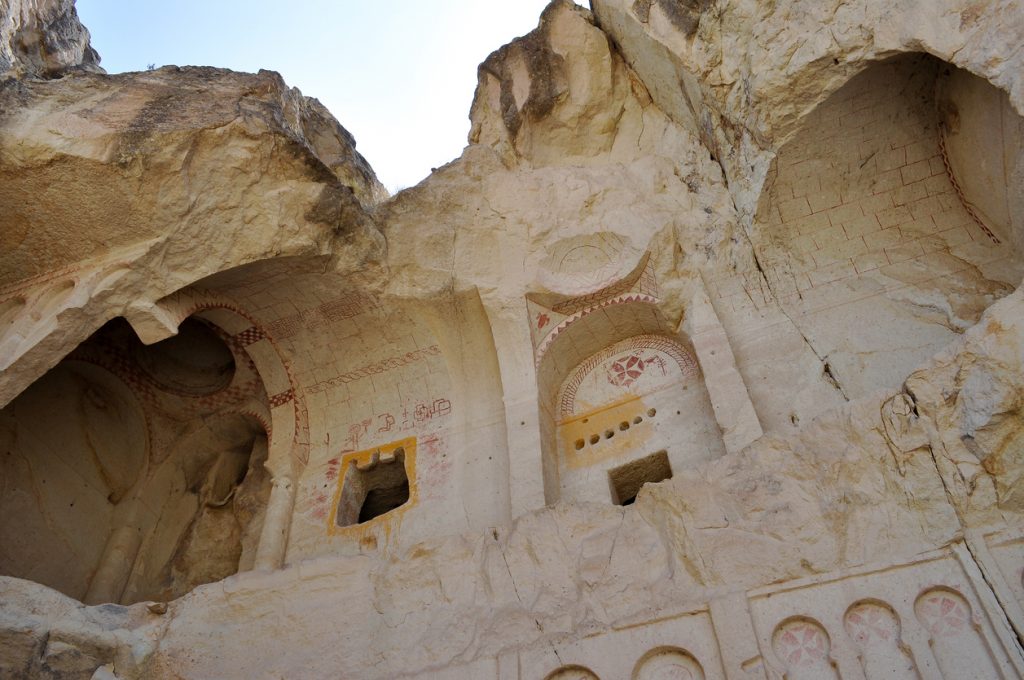
They founded rock-carved churches and created underground cities. The walls of the Christian churches in Cappadocia depict scenes from the Bible. Many of the churches can be found in the Goreme Valley, a popular destination for both Christian pilgrims and travelers fascinated with Cappadocia’s surreal décor.
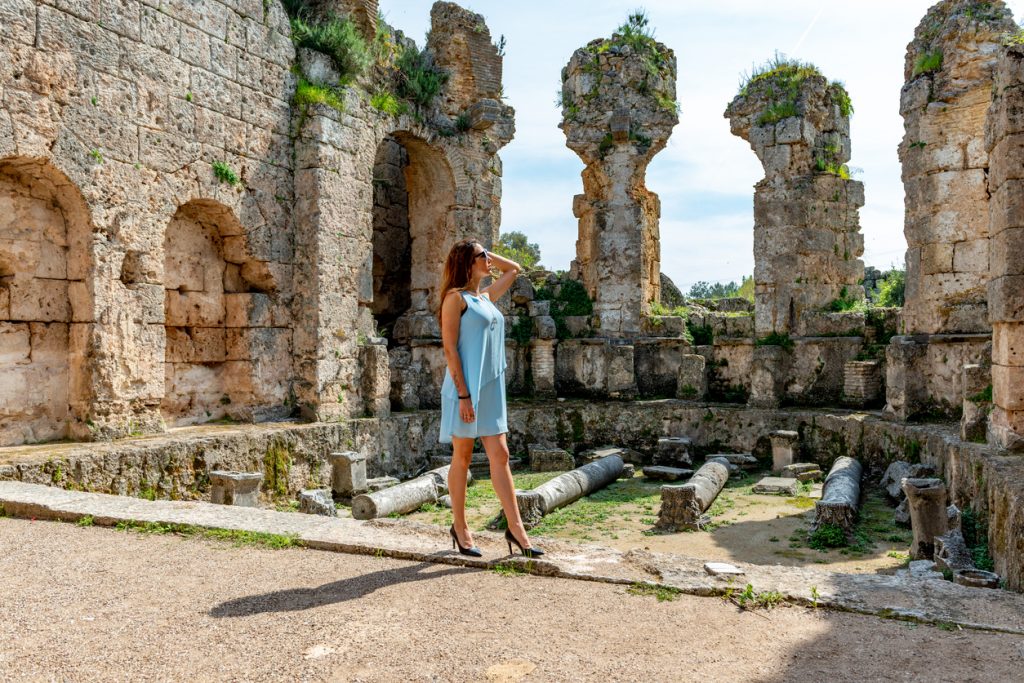
Perge
St. Paul visited the city of Perge twice during his first journey. He arrived by sea at the beginning of his voyage and he stopped here again, on his way back, to spread the word of God and teach the Christian beliefs.
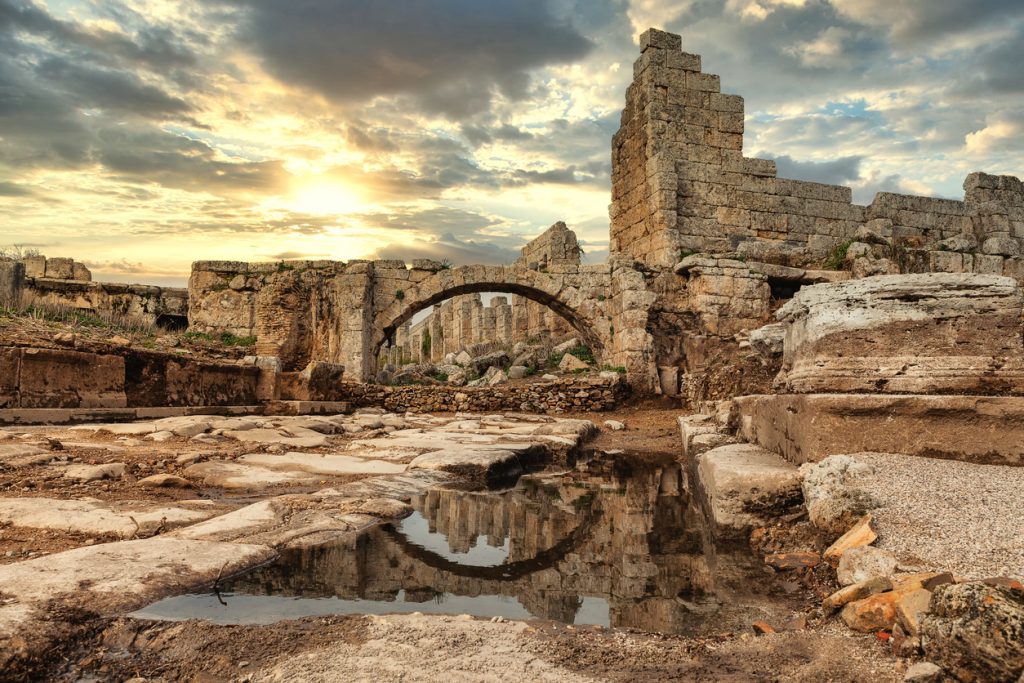
A reconstructed Hellenistic city, Perge impresses visitors with temples, baths, and a theater, once the site of St. Paul’s preaching. Pilgrims can also visit basilica-style churches that date back to the 5th and 6th centuries and admire the symmetrical towers that were once part of the city’s gate through which St. Paul once entered the city.
A Pilgrimage to Turkey is something special and you will truly enjoy the experience of cultural delight.

